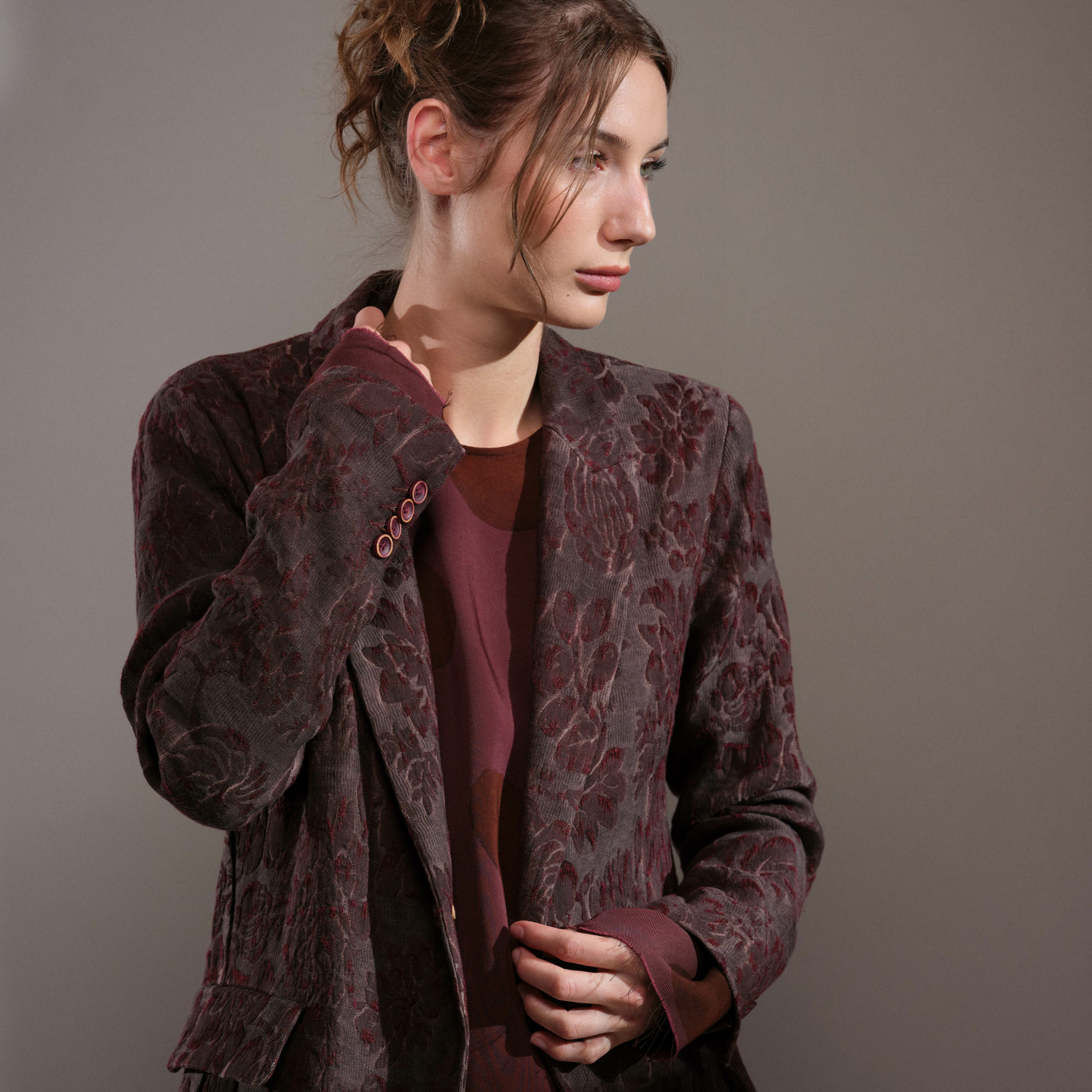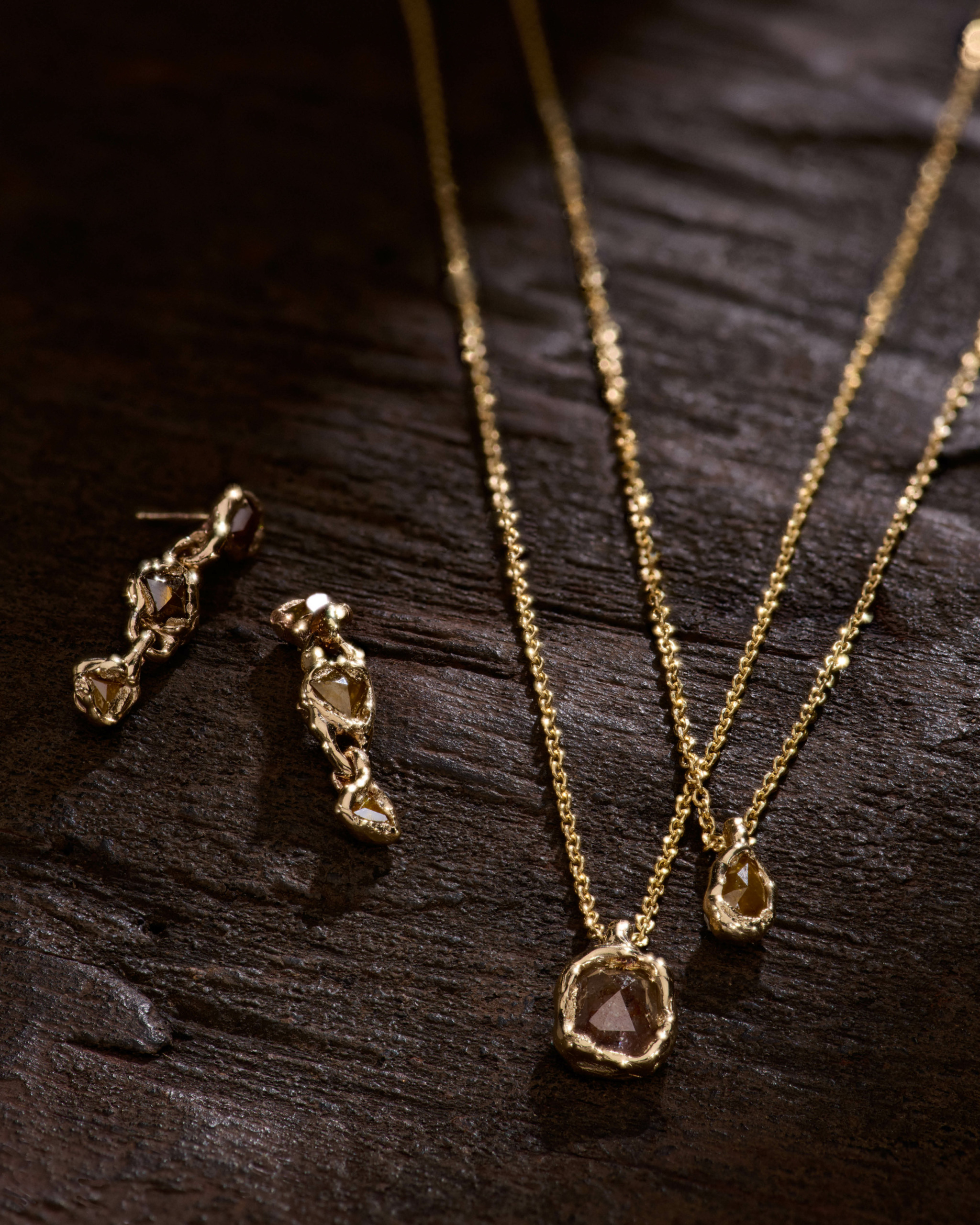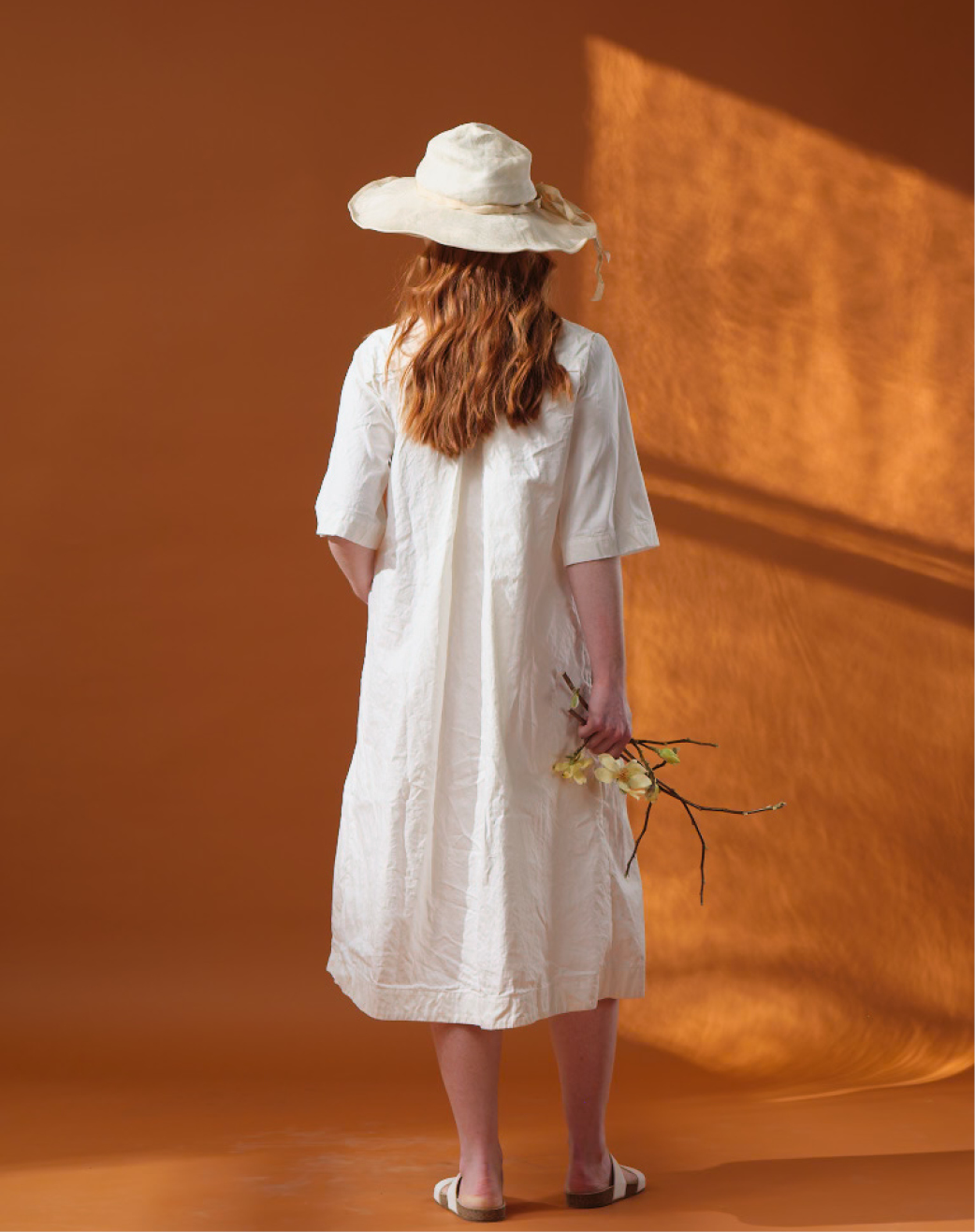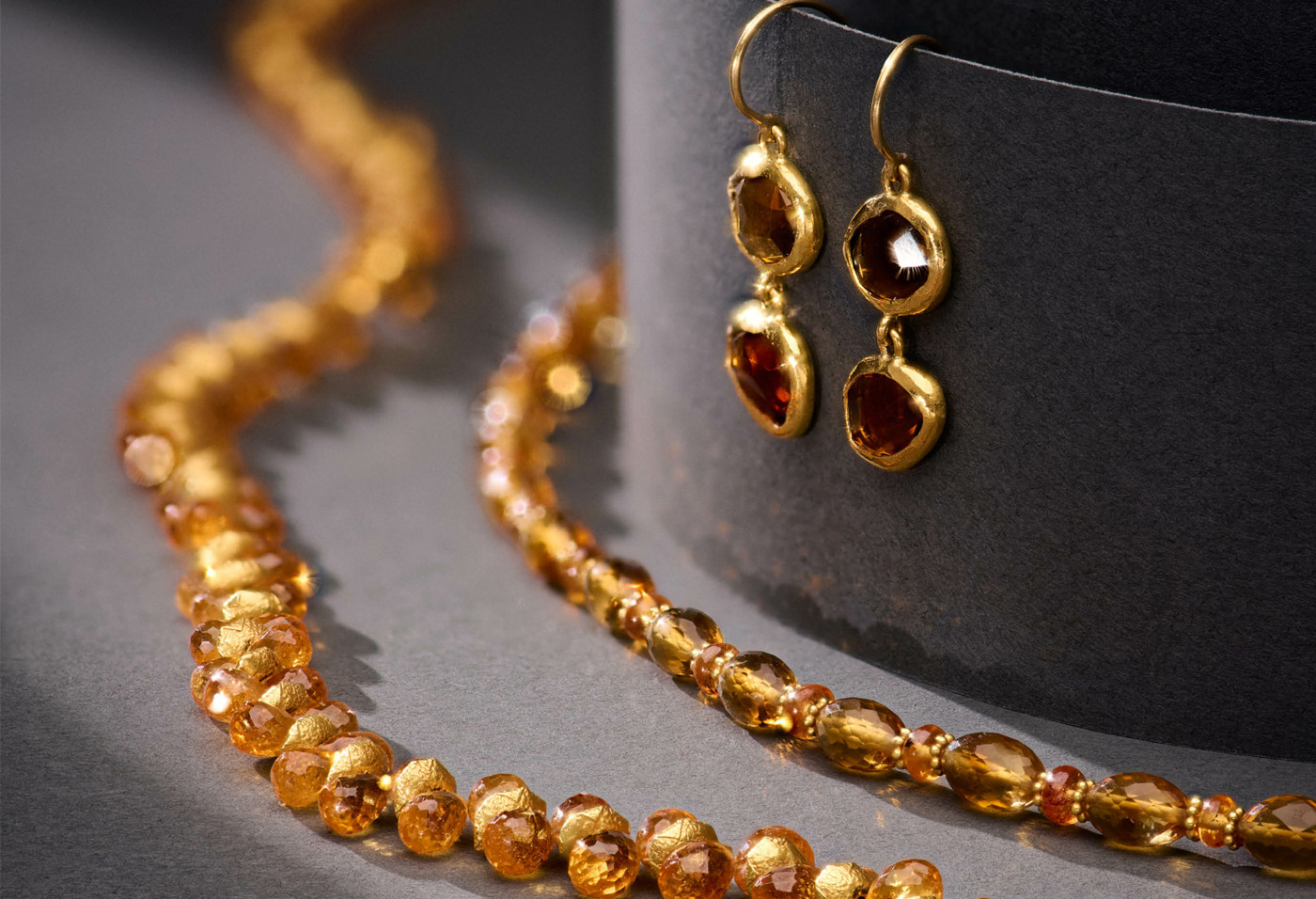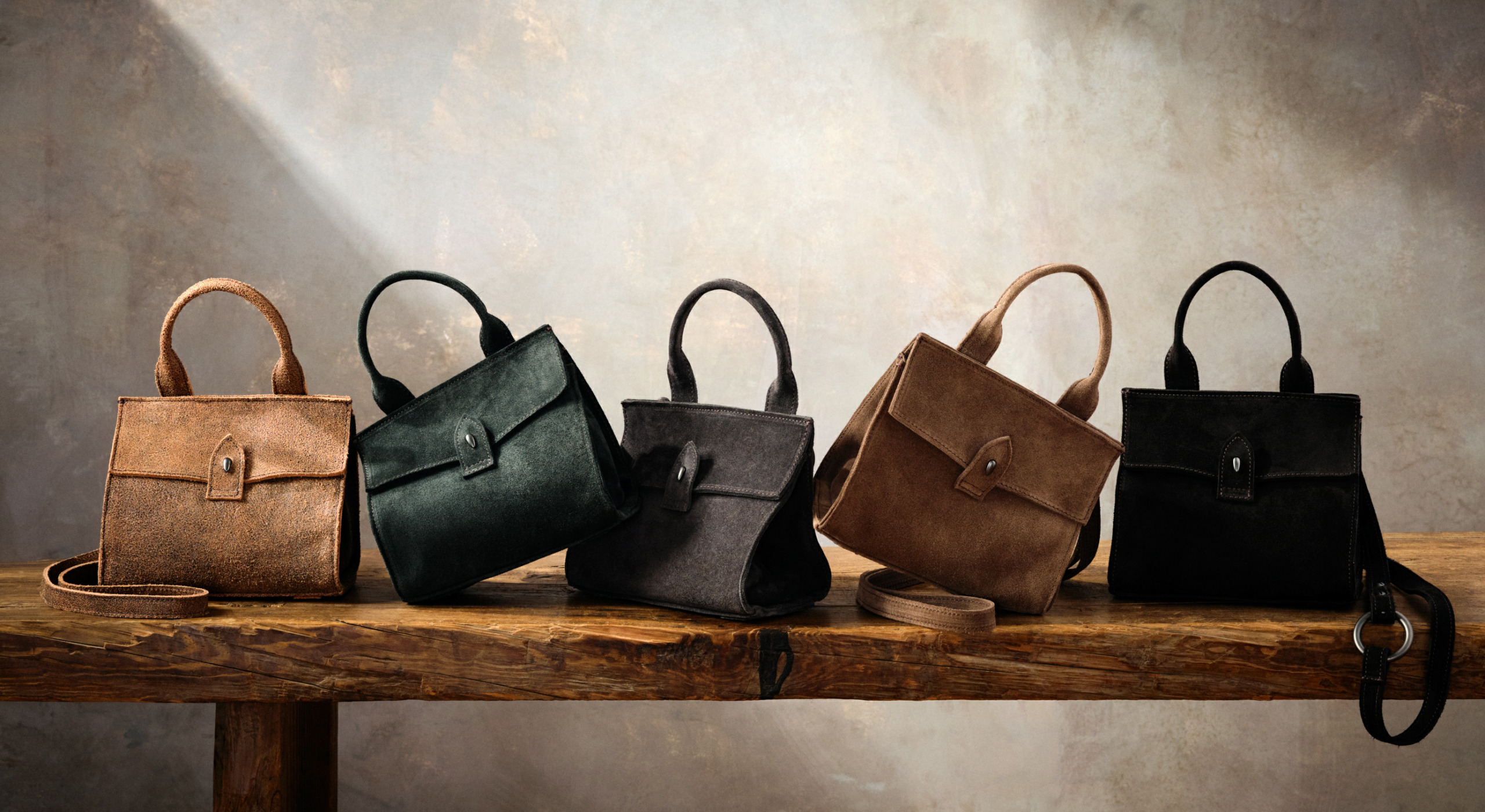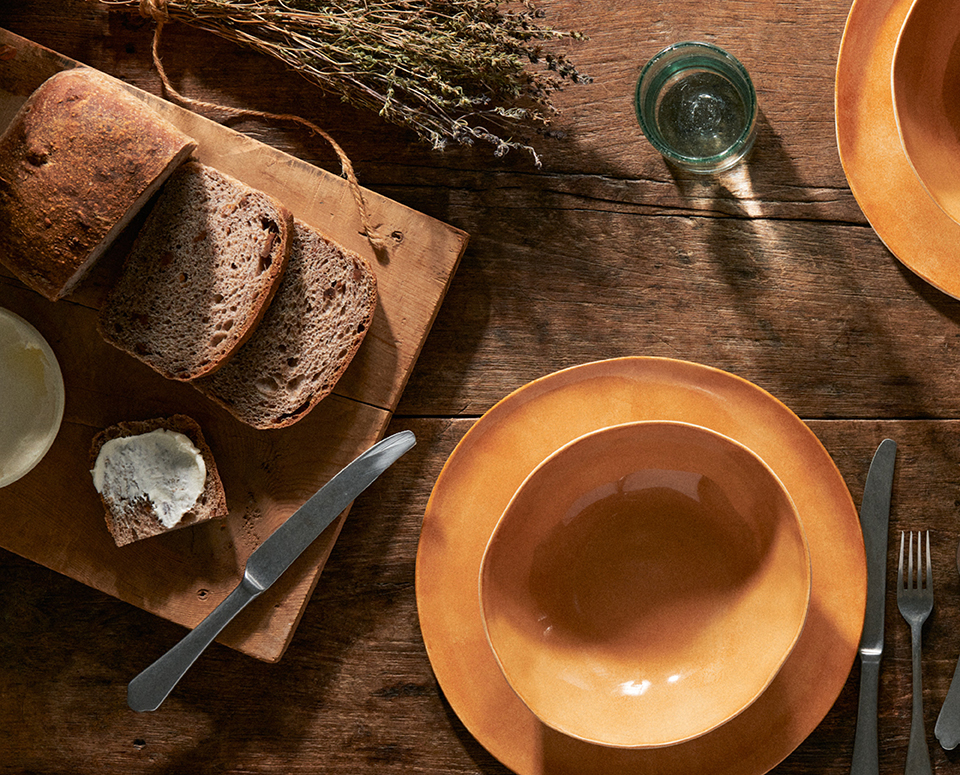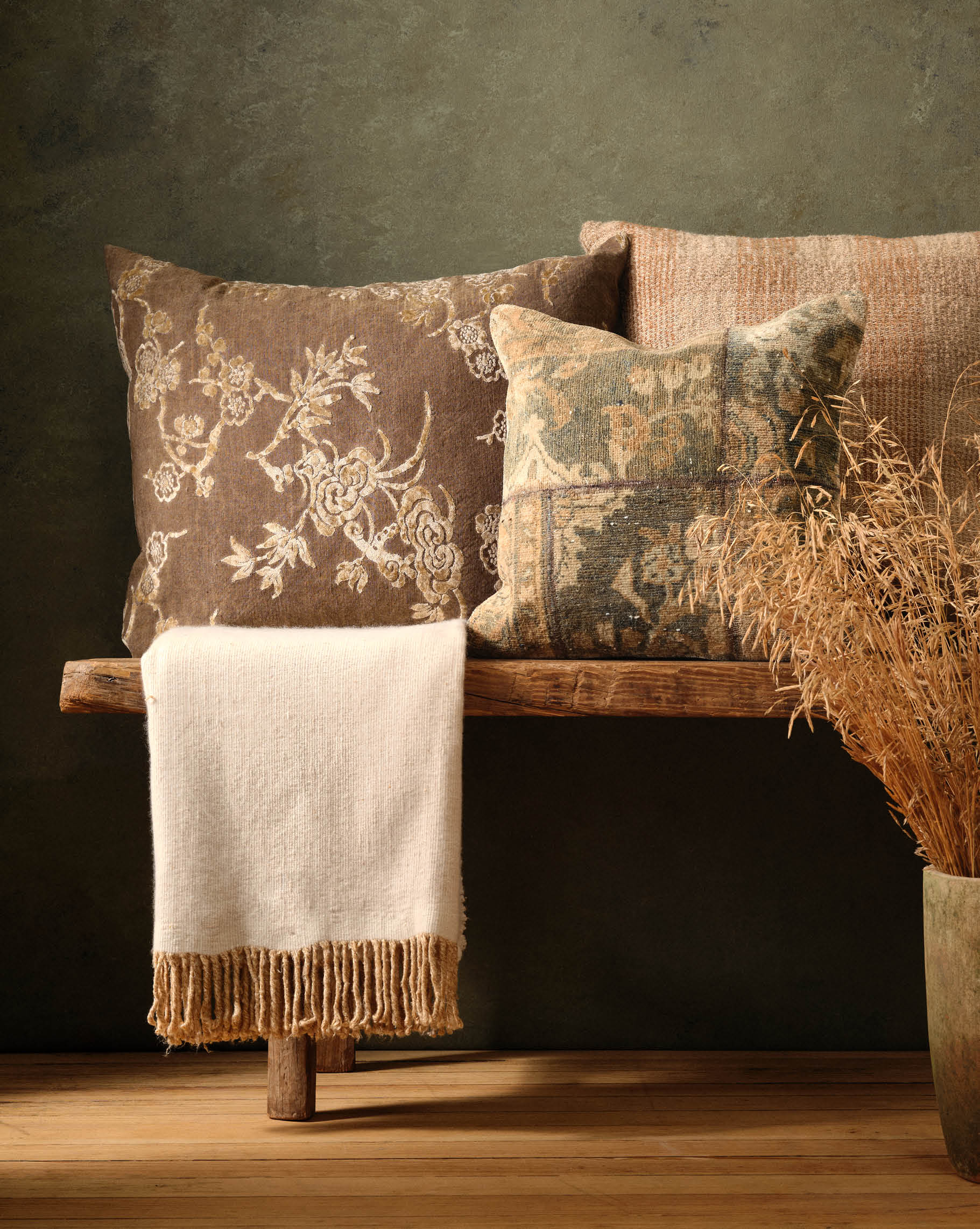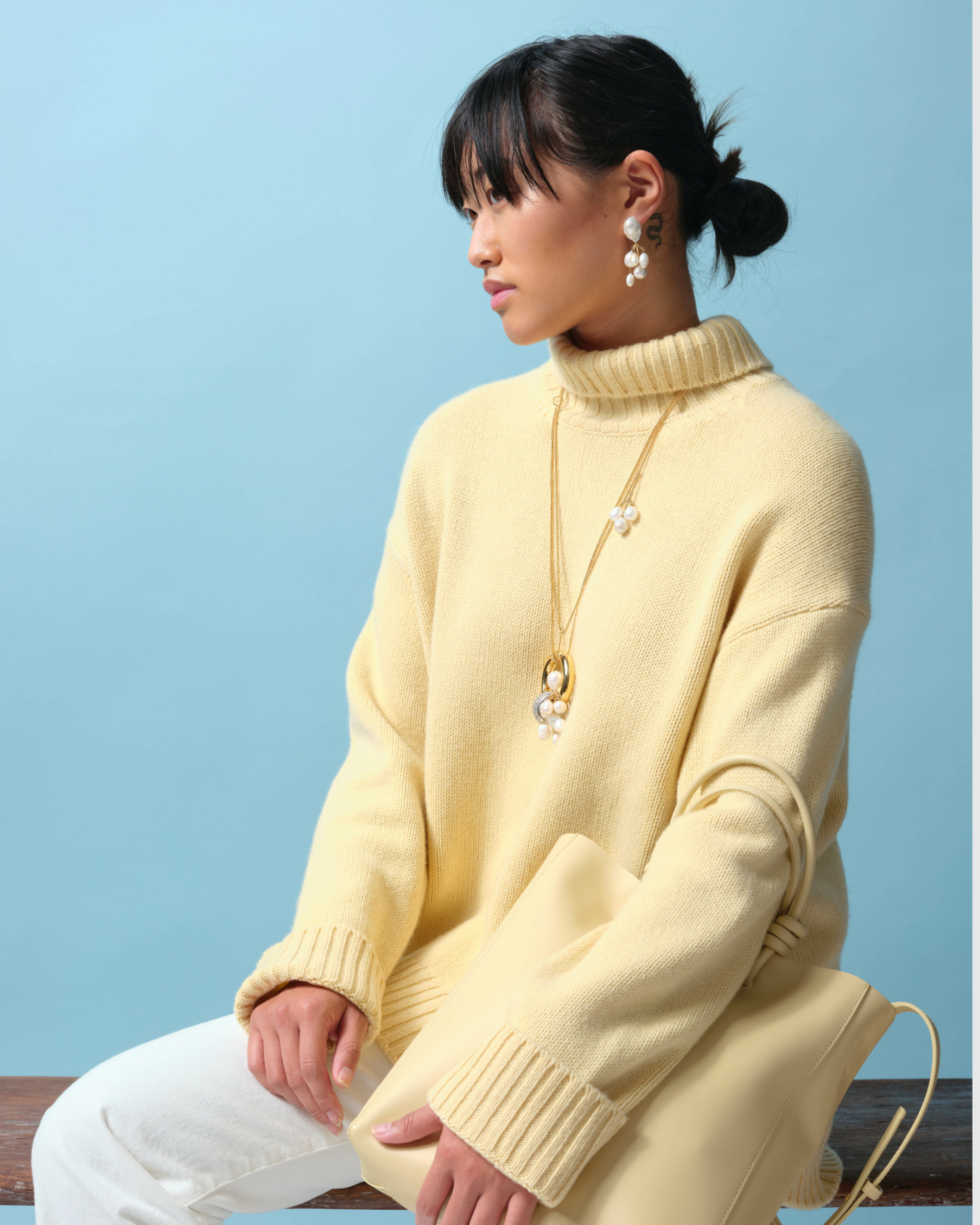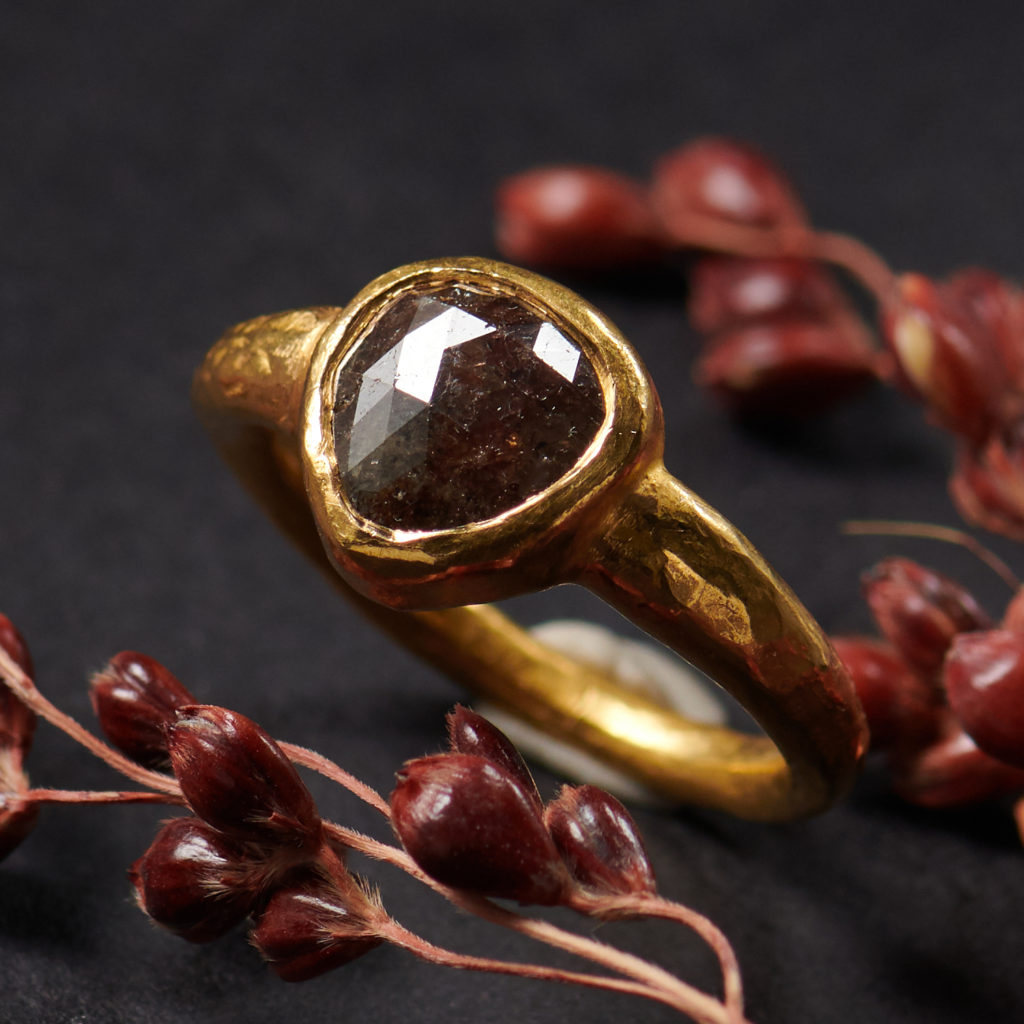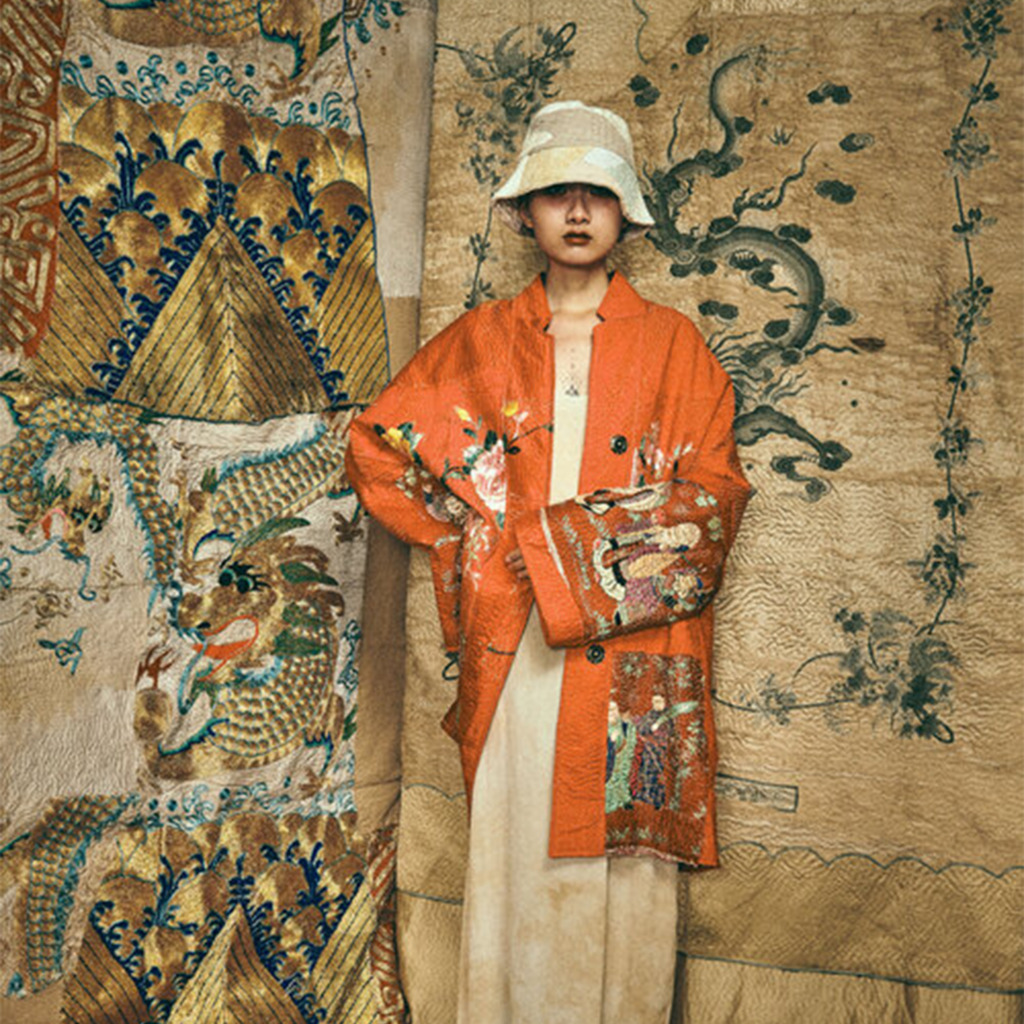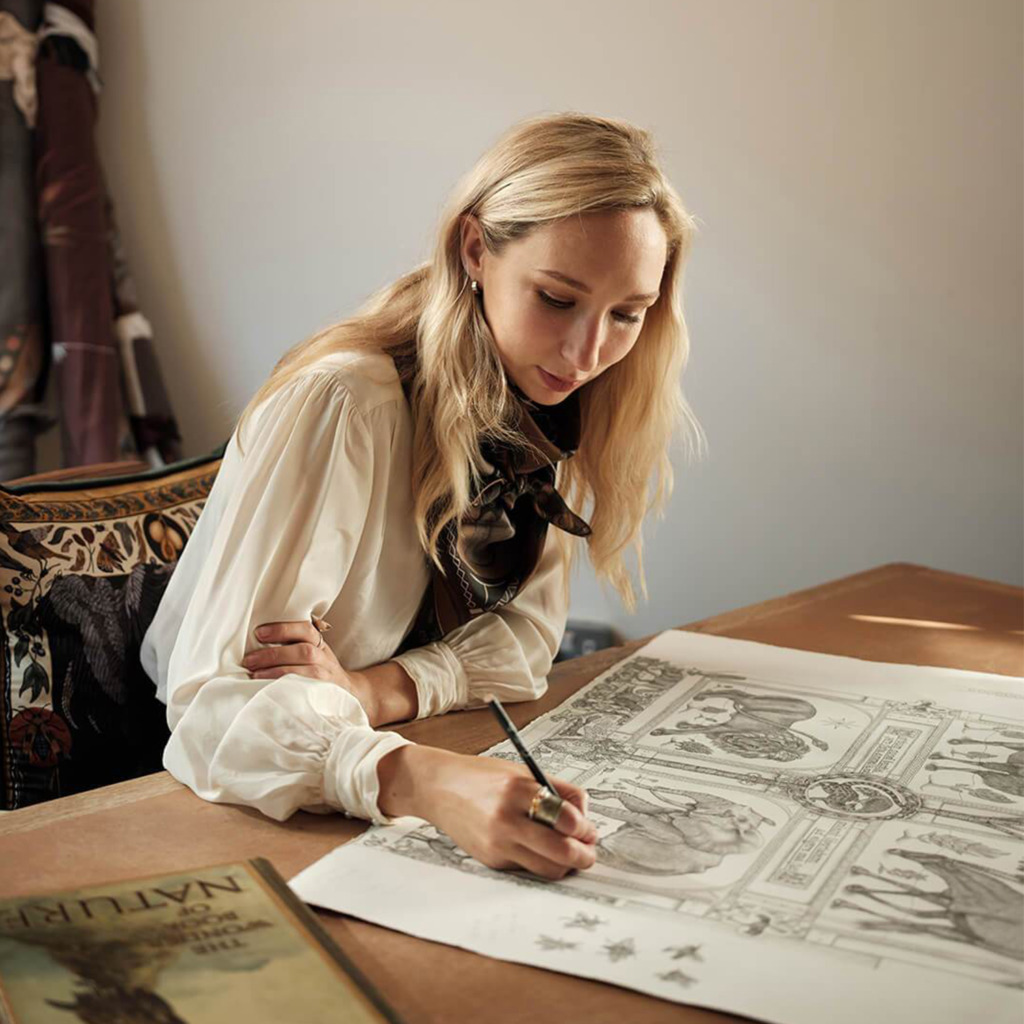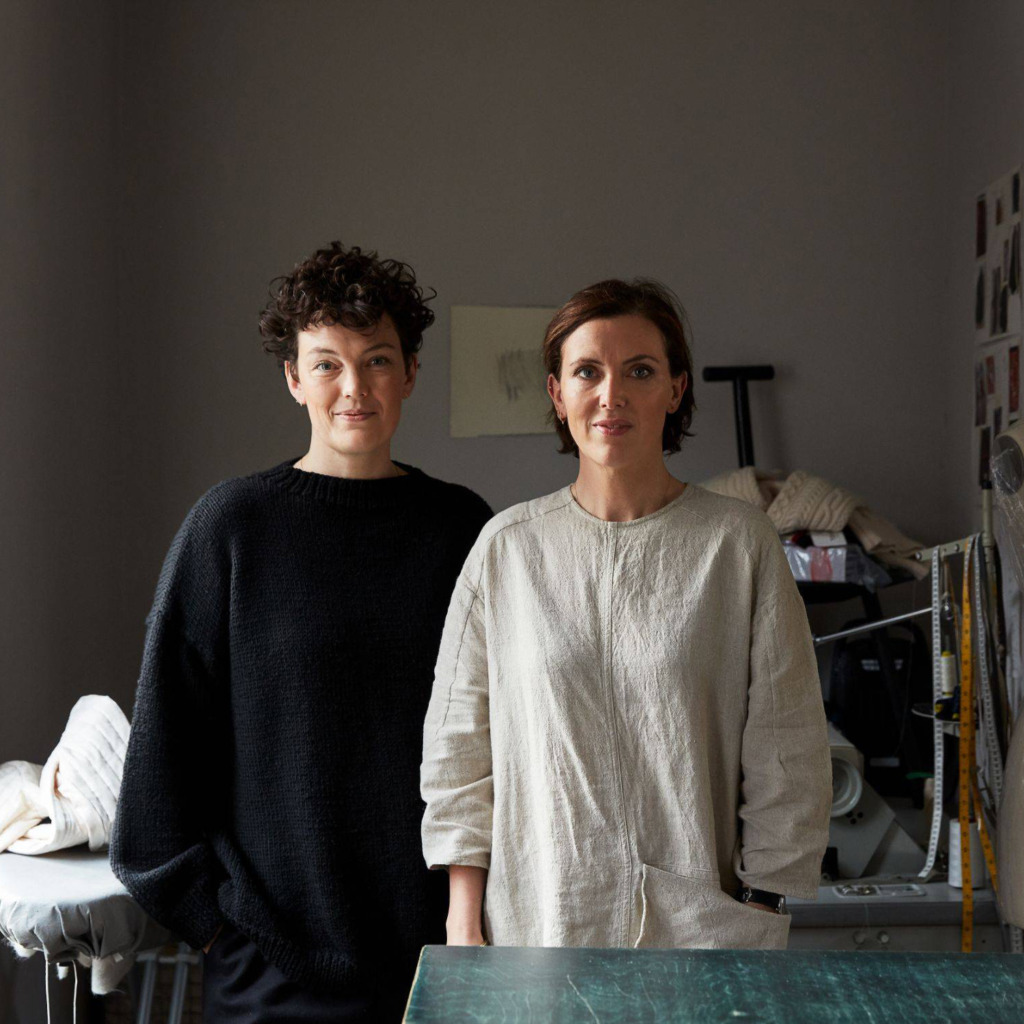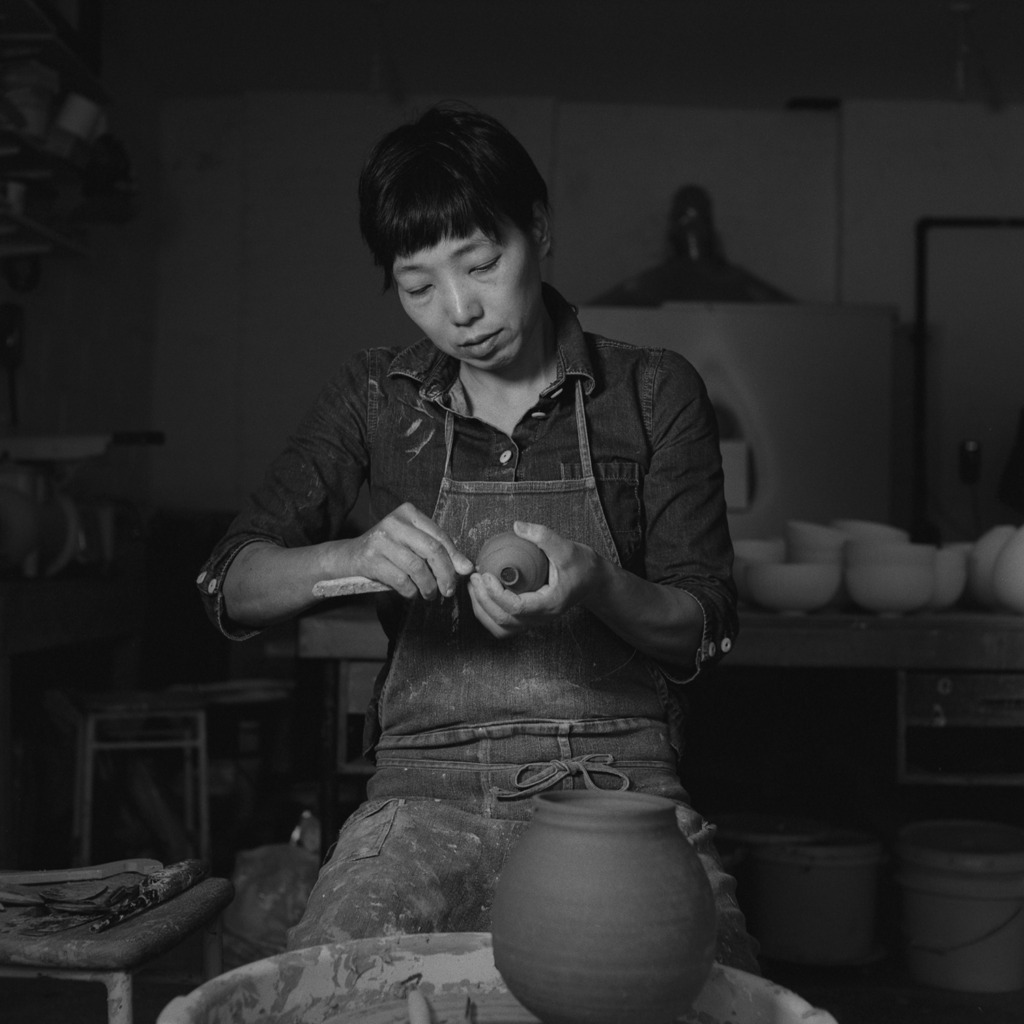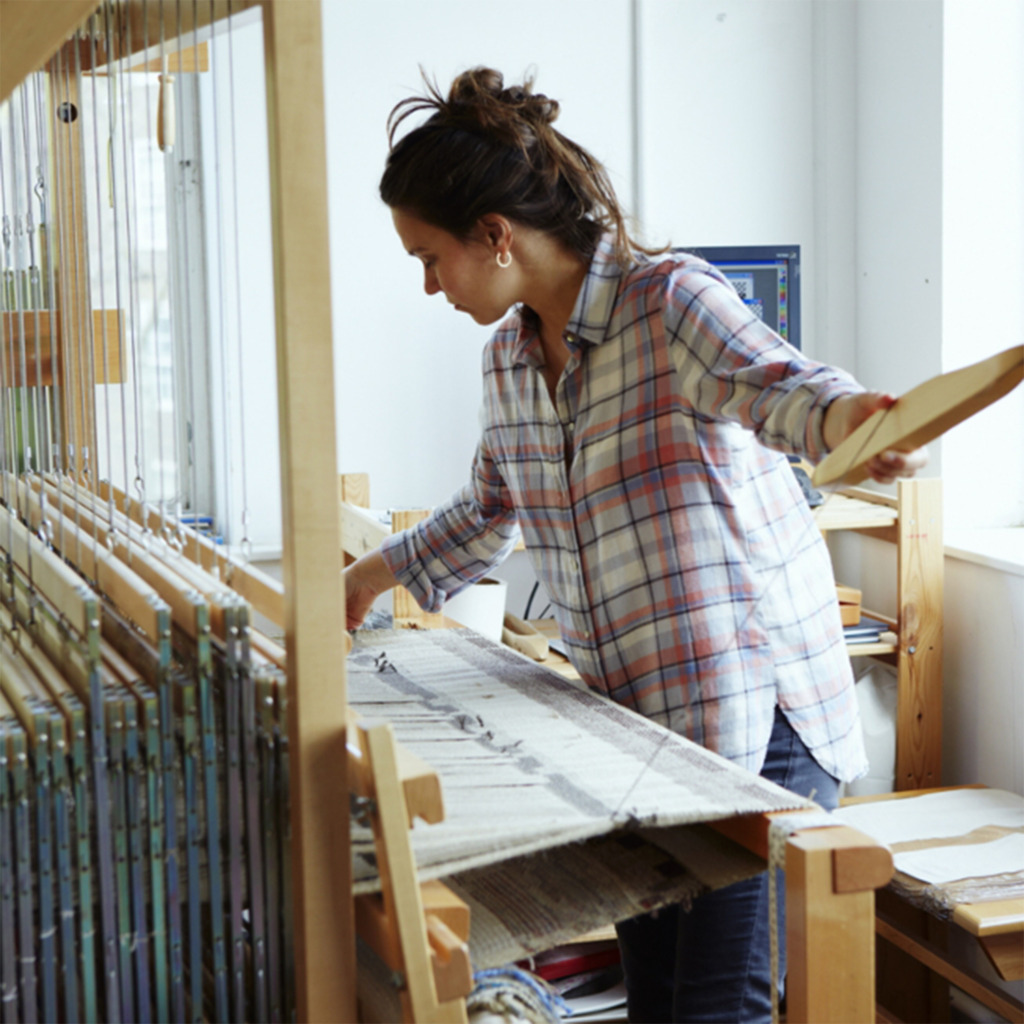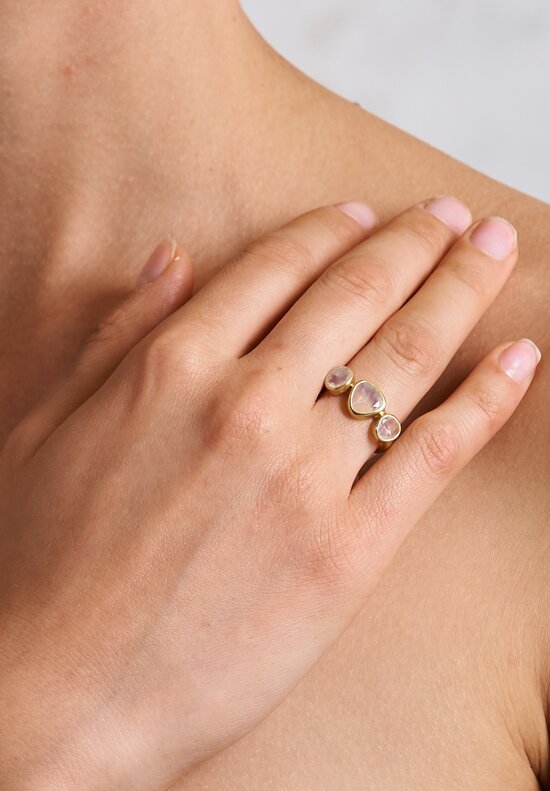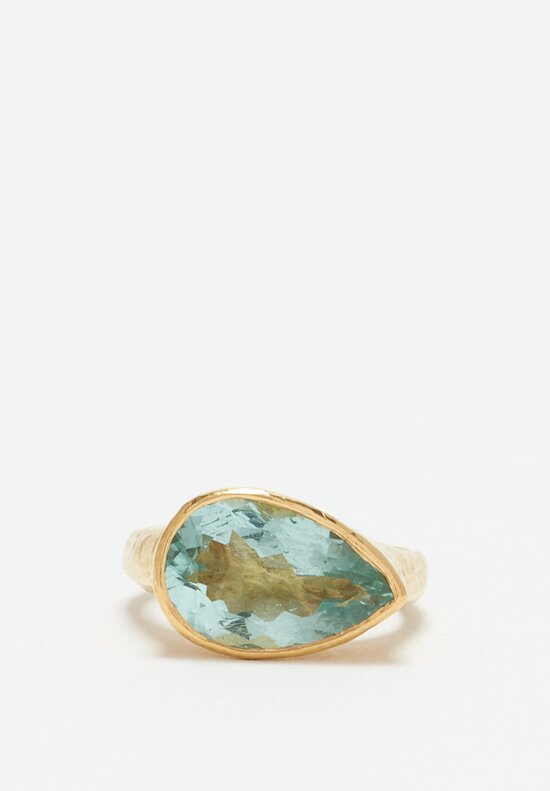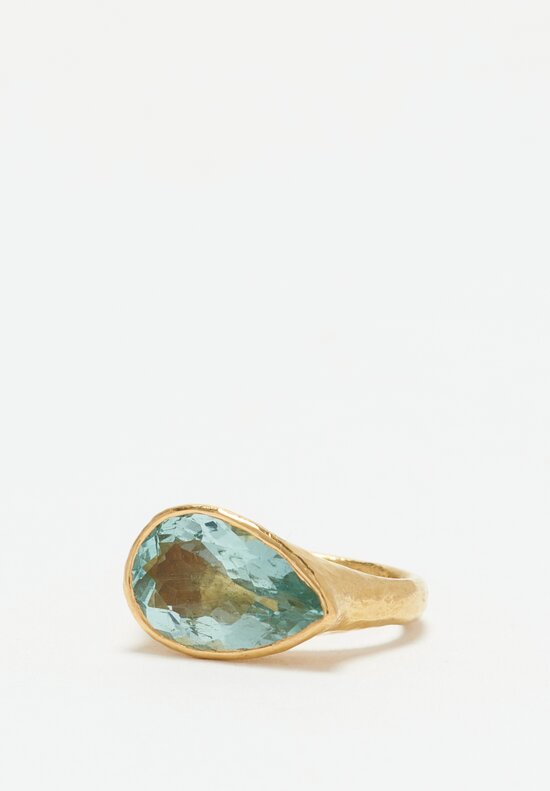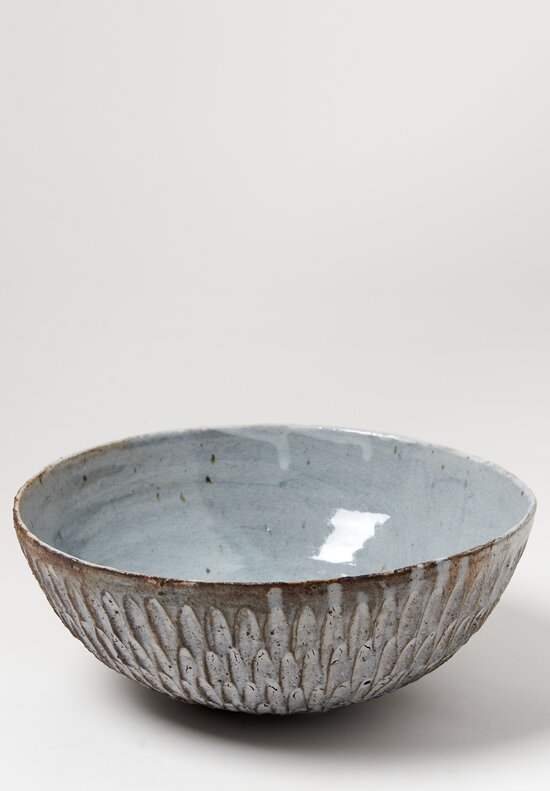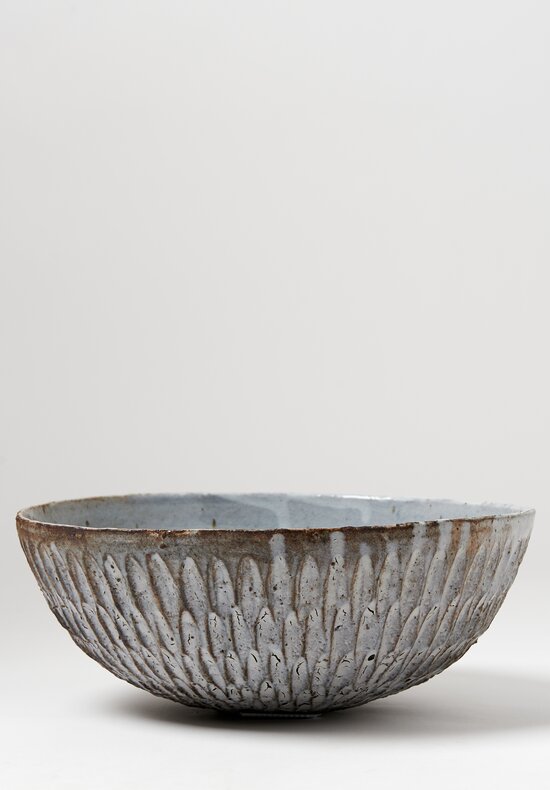As many designers who reside in the country can attest, the UK has long offered a cultural appreciation and welcoming community for craftspeople. Because of this, one may ask themselves how this attitude entered the psyche of the British Isles and why it persists?

The story of Great Britain’s current place in design finds its origins in the beginnings of industrialization over 200 years ago.
As machines, factories and capitalist economies began to take hold of the empire, their popularity changed the relationship between people and how their goods and architecture were produced.
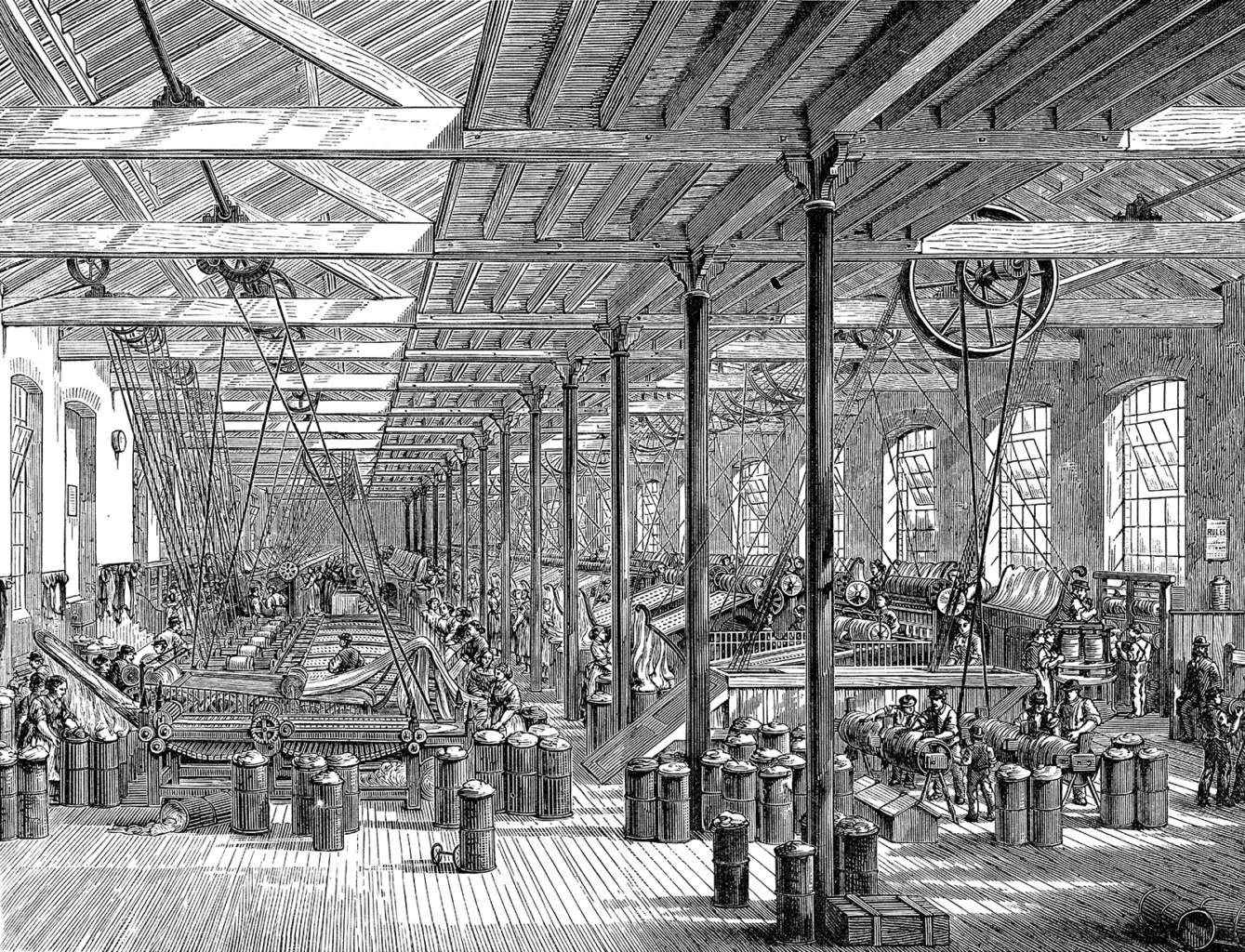
The personal infused handmade clothes, buildings and household items of old gave way to mechanically mass-produced goods.
By the middle of the 19th century, a subset of the population began to long for the simplicity and charm of arts and crafts made by artisans opposed to the identical, characterless products and designs of machines.
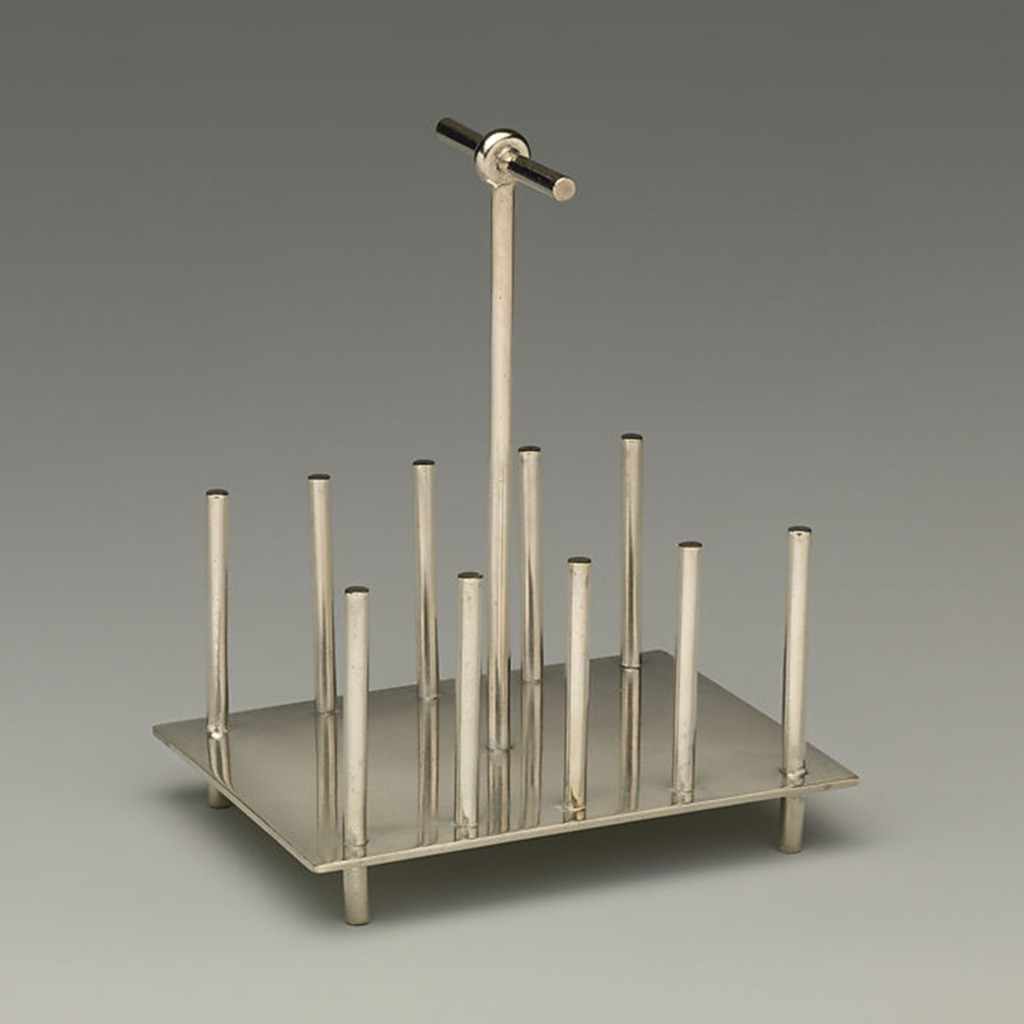
Rejecting the aesthetic values of industrialization, they romantically looked back to the pre-industrial era, seeking to revitalize the traditional artistic values of medieval and folk designs.
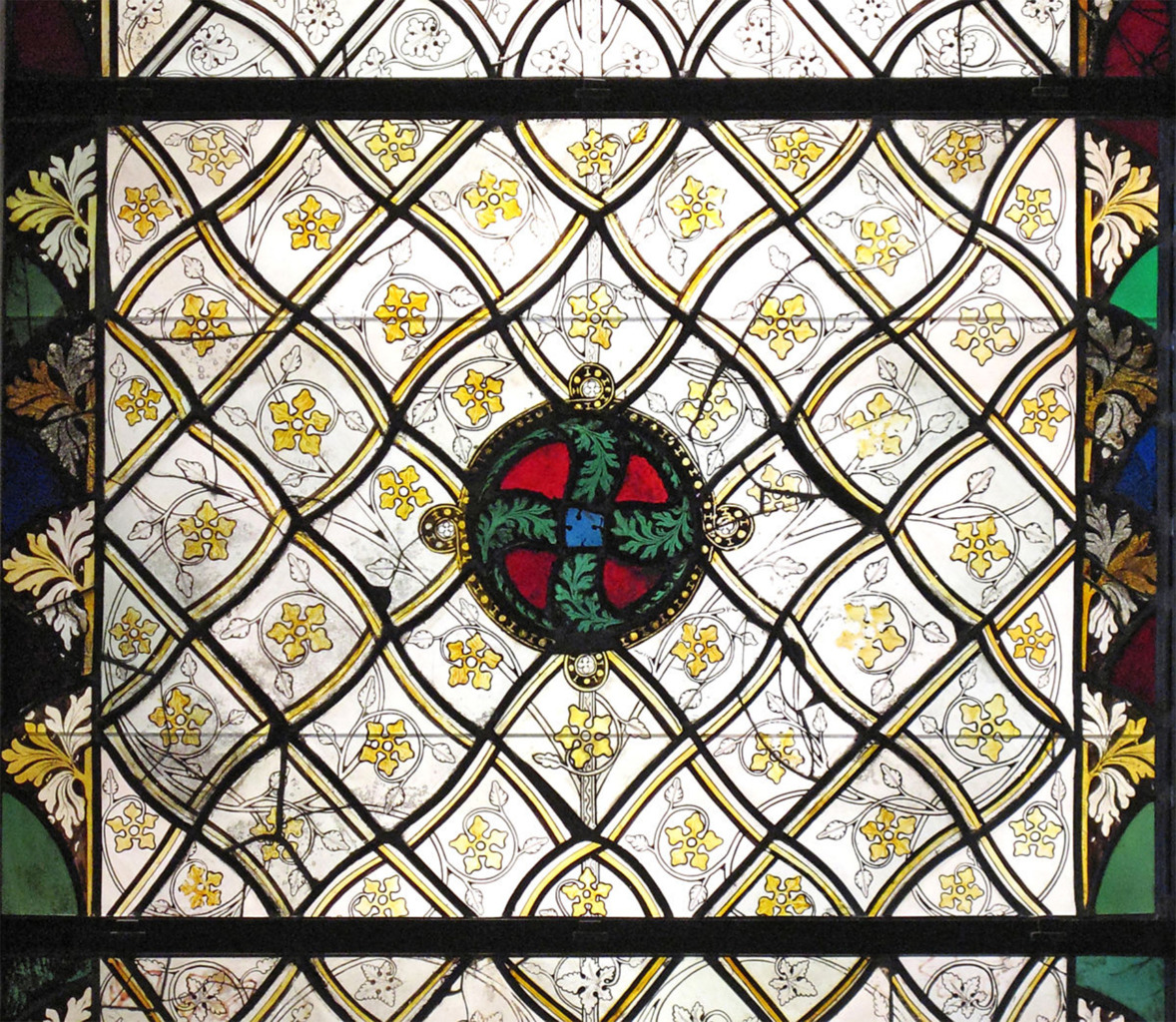
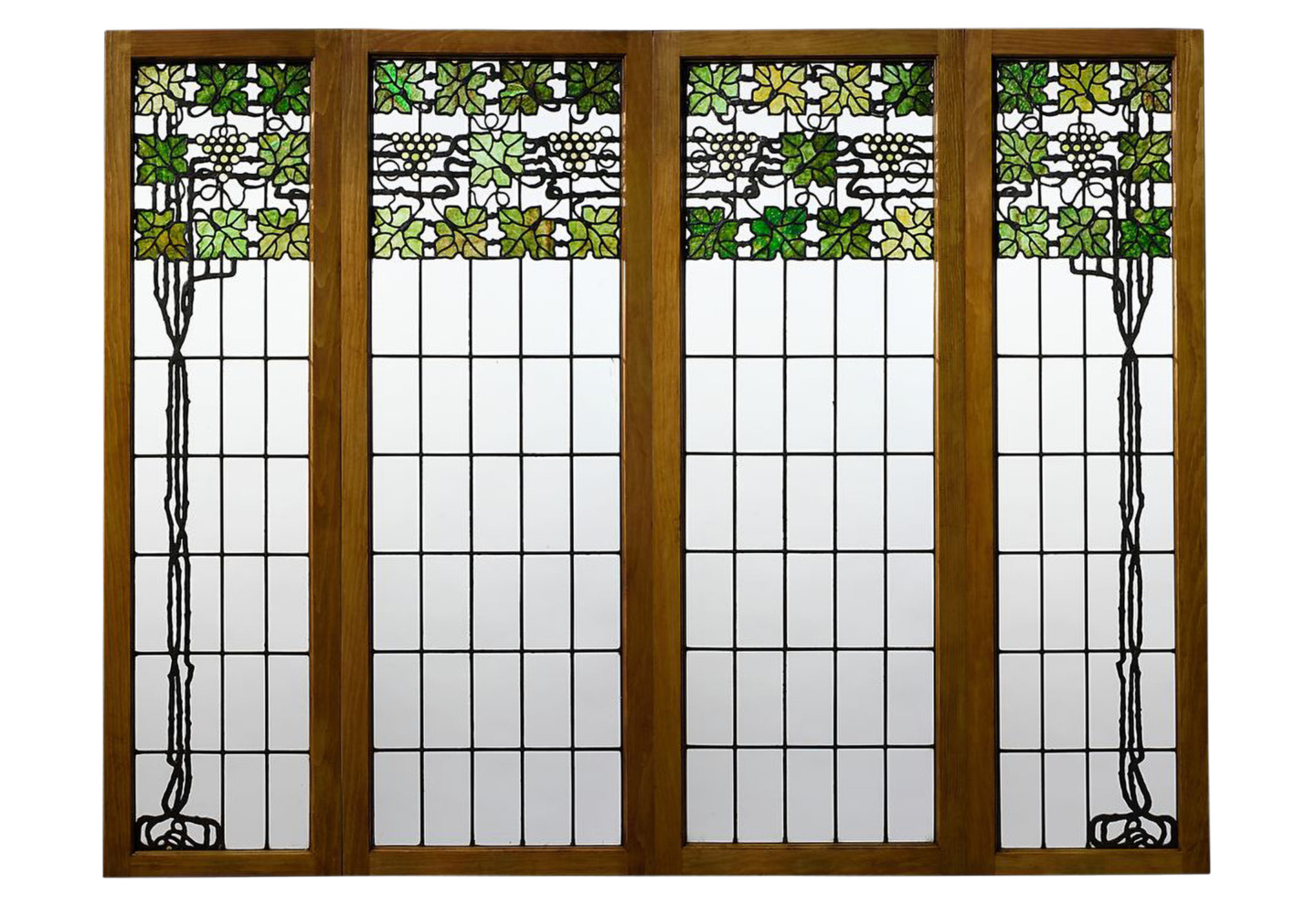
Spearheaded by the art critic, John Ruskin, and the artist, William Morris, these origins of British reactionary sentiment marked the beginning of the Arts and Crafts movement.
Artists and craftspeople shifted away from chemical and synthetic materials, opting to utilize organic substances and slow, detailed processes to create their work.
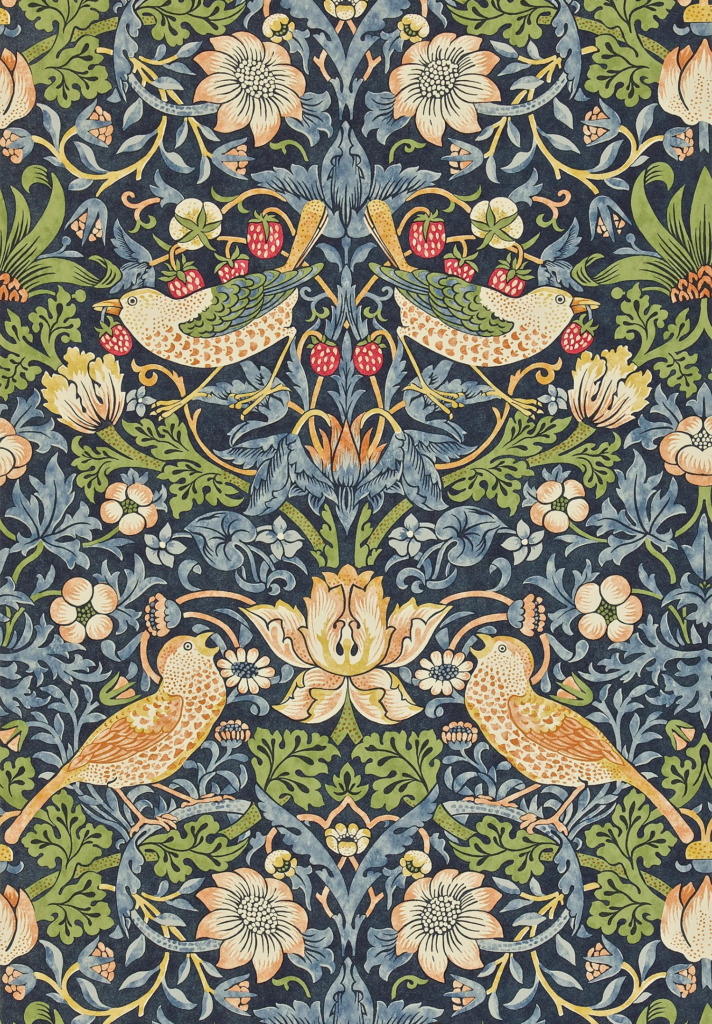
At the forefront of this movement was the redefining of the “craftsperson.”
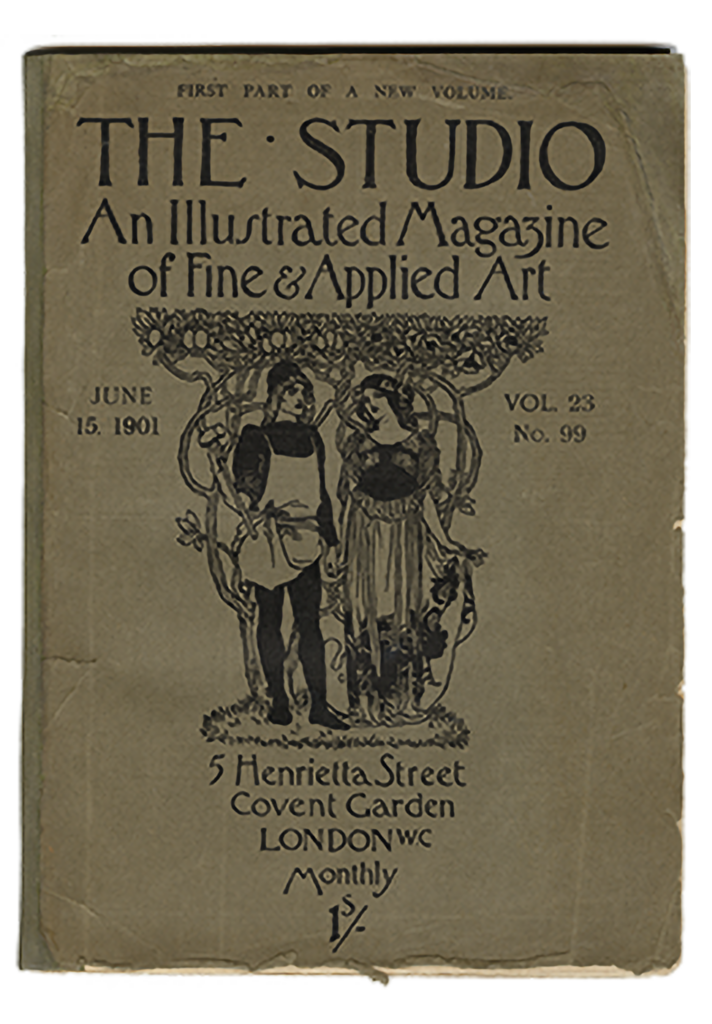
Crafts, such as glass-making, leatherworking, embroidery and more, had always found themselves in the shadows of the more powerful and respected disciplines of fine art, architecture and industry design.
Through the proliferation of the Arts and Crafts movement, the goal was for the crafts and those skilled in them to be elevated to the same level as the other disciplines.
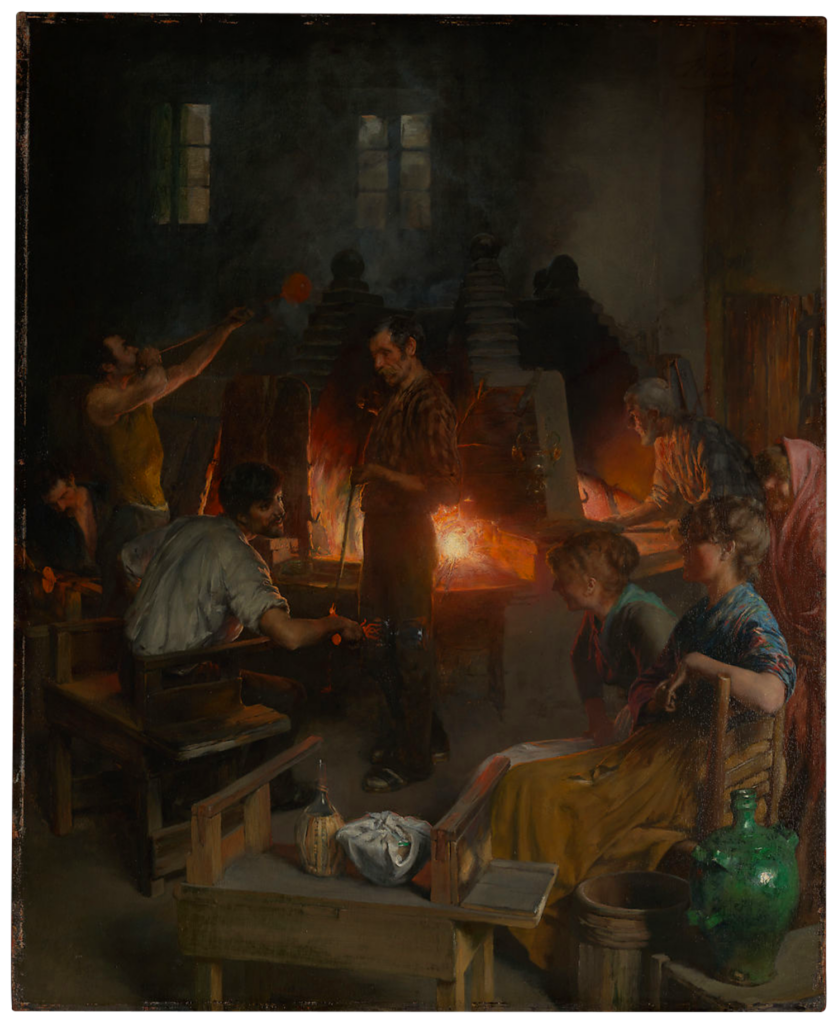
From the late 19th century to the early 20th century, 130 Arts and Crafts guilds, associations and communities were founded across the British Isles; artists practicing under the movement’s philosophies gained notoriety and success.
The Arts and Crafts movement remained an influential center of British art, its ideals spreading throughout the empire and to other European countries and North America.
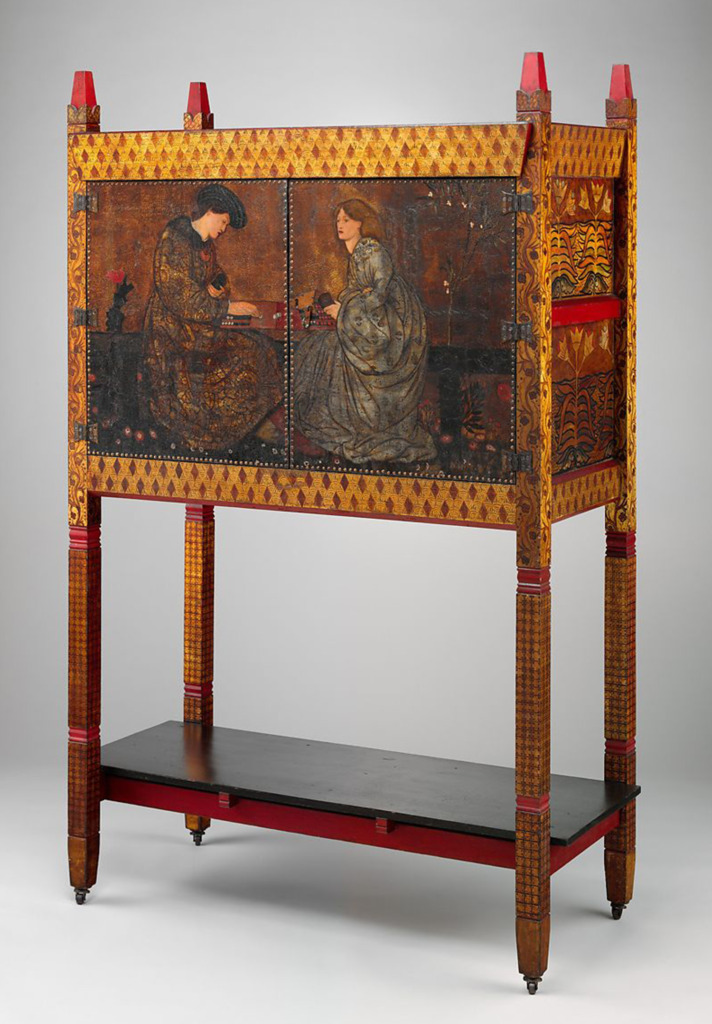
Although the ideas of Modernism came to take hold of the worlds of Art and Architecture in the 1930s, the Arts and Crafts movement continue to inspire crafters and designers to the current day.
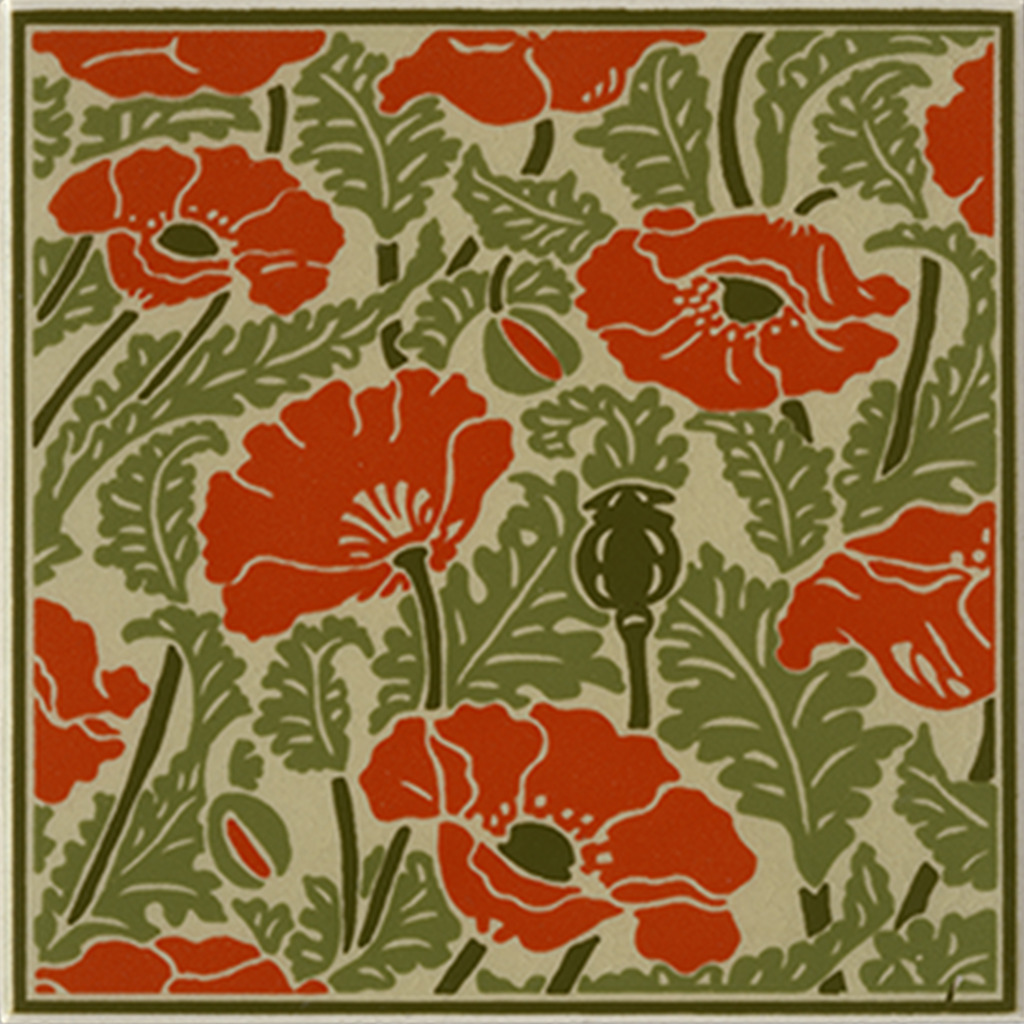
Because of the movement’s influence on British culture and society, designers and artisans have settled in the UK becoming a part of this 170-year-old history of arts and crafts celebration and appreciation.
Jewelers Pippa Small and Ram Rijal, clothing designers By Walid, Sabina Savage and Toogood, ceramist Akiko Hirai and textile designer Catarina Riccabona, among so many others, find themselves carrying on the legacy of the United Kingdom’s prolific and influential artists and crafters of the 19th century.
